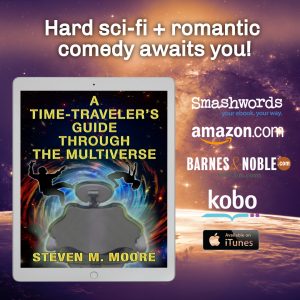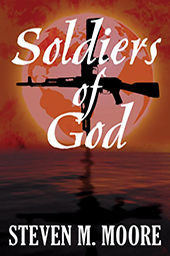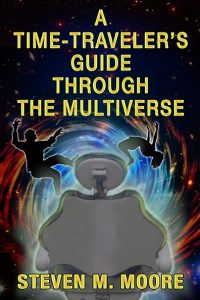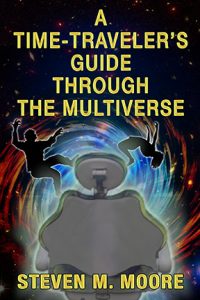The flow of prose…
Wednesday, August 19th, 2020It might be hard to believe, but I’m more of a reader than a writer; and, as I read, I often admire other authors’ prose, especially when it flows like a current in the ocean or in a river that can’t be denied. Sometimes I imagine that some great voice is reading it to me—a James Earl Jones, say—with inflections and pauses interlaced with those words from a great story. I suppose that’s a justification for audio books, but my imagination is sufficient.
“Flow” is the key word here. Some authors have trouble with dialogue, for example, because it interrupts the flow of the narrative. Yet dialogue must flow too, weaving in and out of the narrative, or vice versa, creating storytelling that carries the reader forward.
I know it when I read it. Writing it doesn’t require a Nobel prize winner, although Garcia Marquez was a master at it; or a Pulitzer prize winner like N. Scott Momaday. I’ve seen it in works by writers you’ve never heard of, and in genres where you’d maybe not expect it—comedy, crime, fantasy, science fiction…you name it.
I strive to maintain an inevitable flow in my own prose. Sometimes modern prose style gets in the way. Novels today tend to have short sections and short chapters, especially in thrillers, and the breaks between them are sometimes like reefs in the literary ocean, or a boulder in the river, where waves and rapids crash. But that sometimes is effective too. My father, the painter of landscapes, knew that waves crashing are just part of the flow.
Part of maintaining the flow is choosing the right words. As I get older, this becomes more difficult. As I write a novel, I know there’s a mot juste—it’s on the tip of my tongue, because storytelling is a vocal tradition—but I often have to leave an X and move on. But that same flow will often tell me what X is, or it provides something even better.
Most writers probably struggle this way to maintain the desired flow. It’s an important part of content editing, and we shouldn’t minimize its importance. And readers will be happier when a writer doesn’t. Every reader wants to be carried away in their reading. If they’re not, they might just look for another book!
***

Comments are always welcome.
A Time-Traveler’s Guide through the Multiverse. “You flashed a lunar citizen’s eyes with a powerful laser beam. It made him fall.” He tossed exhibit A and caught it. “Looks like an old-fashioned laser pointer to me. My great-grandfather told me about them. No reputable scientist or politician was without one….”
This sci-fi rom-com is available wherever quality ebooks are sold.
Around the world and to the stars! In libris libertas!





